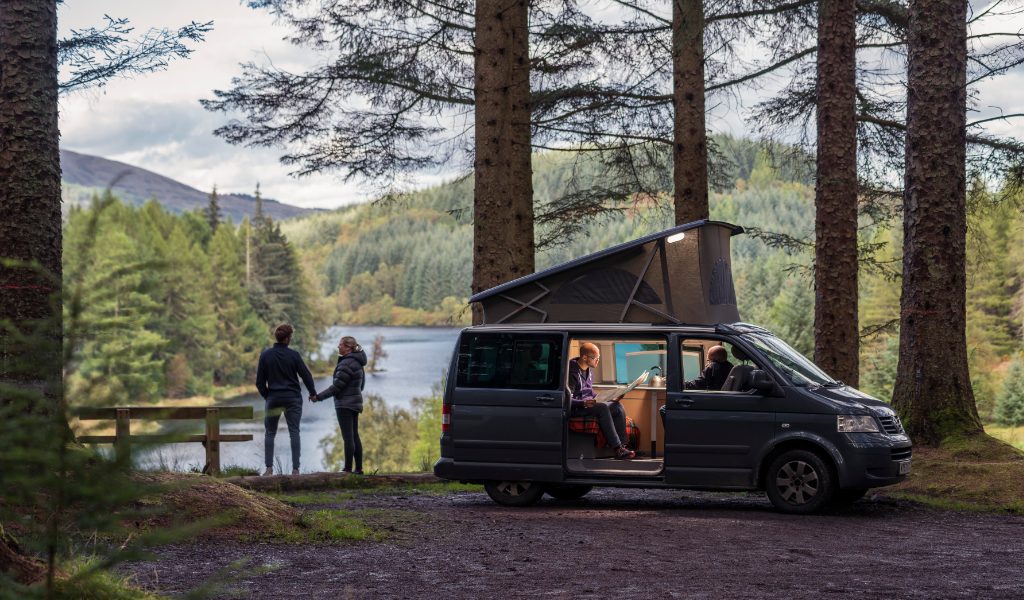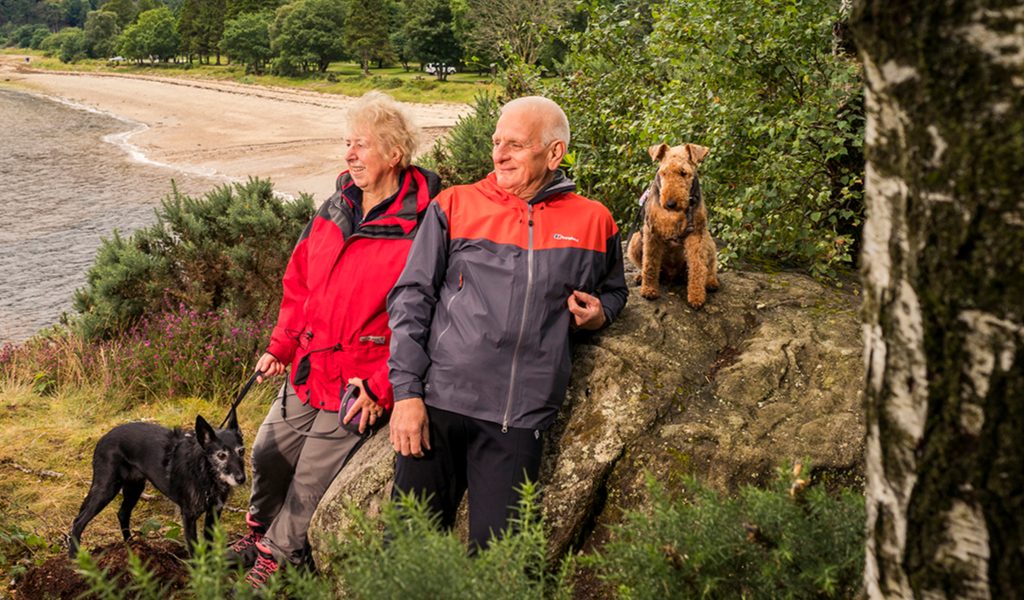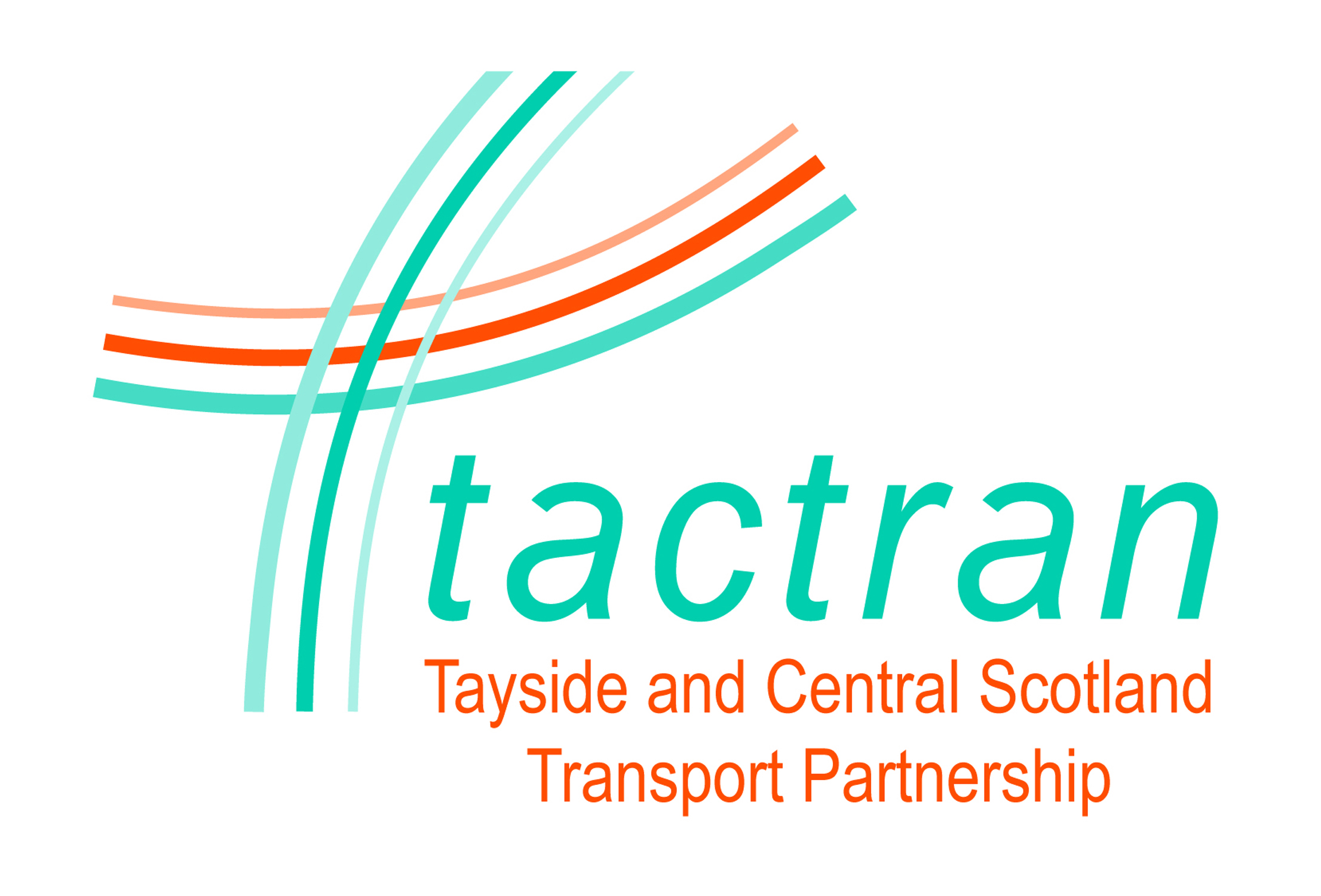Loch Lomond and Trossachs National Park

The National Park encompasses around 720 sq miles (1,865 sq km) of some of the finest scenery in Scotland and is split into four distinct areas. It is a place of contrasts, from rolling lowland landscapes in the south to high mountains in the north, and has many lochs and rivers, forests and woodlands. It is also a living, working landscape which has been influenced by people for generations and is visited and enjoyed by many for its recreational value.
Car based travel to and within the region causes congestion, noise and pollution. In the south of the Loch Lomond area this is pronounced, especially on the road between Drymen and Balmaha. At Balmaha the 120 space car park is always full by 10am during the busy tourist season.
There are various ‘decision points’ where integrated options could prove viable and sieve out car-based travel: before leaving home, at Balloch (rail hub and where the Travel Centre can provide information) and at Drymen.
However, these decision points aren’t promoted well enough and do not currently offer an attractive alternative to the car driver. Also, new initiatives such as the new bike path between Drymen and Balmaha, the National Park’s ebike scheme and, DRT schemes in east and north of Loch Lomond are not easily publicised or integrated with the wider sustainable transport network.
Tactran Enable will bring together real time journey planning data, booking/ticketing and the payment systems of public, active and shared mode transport operators. This will allow visitors and residents to make better informed choices on how they travel to and around the National Park.


